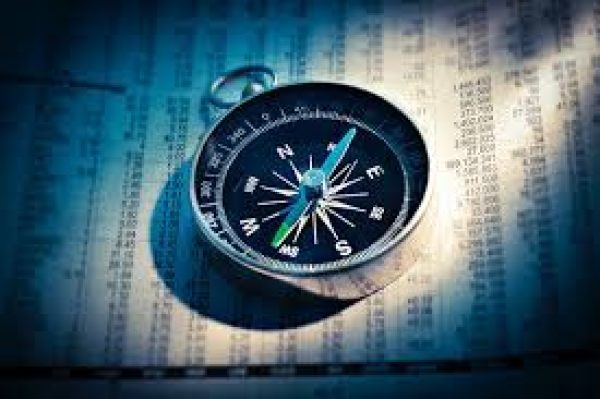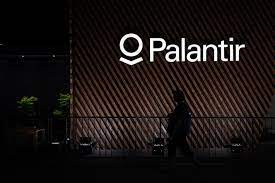In the introductory post on EOS, we shared the two key roles in this system – the Visionary and the Integrator. The Integrator is the more challenging role in many ways, and we’ll tackle that in subsequent posts. For now, we want to lay out the strengths of the Visionary and their key challenges.
The Visionary is almost always the Founding Entrepreneur. They have lots of ideas and have a good handle on the direction of the industry. They are key for managing important external partnerships and closing key sales. They are indispensable. Without them, the business does not happen. Some statistics would place the percentage of people with these characteristics at less than 5% of the population. Some would claim they are far more rare than that.
On the other hand, their Yin needs a Yang. They are prone to having too many ideas and creating whiplash amongst the team. They can be slow to let go of something that isn’t working. They can be intense to the point that people around them burn out. They can also get bored and appear to lack direction. In other words, they are human.
The poont in identifying the strengths and weaknesses is to help help identify the right complimentary people around them. As mentioned in the introductory post, virtually all famous Visionary Entrepreneurs had killer Integrators by their side. If you read the stories of Ray Kroc (McDonalds), Wayne Huizenga (Waste Management, Blockbuster), Bill Gates (Microsoft), and Howard Schultz (Starbucks), you’ll find they all had a killer operator alongside them. Over time they built teams of killer operators, but they always had a trusted right hand.
As we study the Integrator, we’ll see just how crucial the right set of skills alongside the Visionary becomes. Not just the right skills, but the right skills combined with an operating system so everyone knows the daily, weekly, monthly and quarterly cadence.
The Visionary is almost always the Founding Entrepreneur. They have lots of ideas and have a good handle on the direction of the industry. They are key for managing important external partnerships and closing key sales. They are indispensable. Without them, the business does not happen. Some statistics would place the percentage of people with these characteristics at less than 5% of the population. Some would claim they are far more rare than that.
On the other hand, their Yin needs a Yang. They are prone to having too many ideas and creating whiplash amongst the team. They can be slow to let go of something that isn’t working. They can be intense to the point that people around them burn out. They can also get bored and appear to lack direction. In other words, they are human.
The poont in identifying the strengths and weaknesses is to help help identify the right complimentary people around them. As mentioned in the introductory post, virtually all famous Visionary Entrepreneurs had killer Integrators by their side. If you read the stories of Ray Kroc (McDonalds), Wayne Huizenga (Waste Management, Blockbuster), Bill Gates (Microsoft), and Howard Schultz (Starbucks), you’ll find they all had a killer operator alongside them. Over time they built teams of killer operators, but they always had a trusted right hand.
As we study the Integrator, we’ll see just how crucial the right set of skills alongside the Visionary becomes. Not just the right skills, but the right skills combined with an operating system so everyone knows the daily, weekly, monthly and quarterly cadence.



